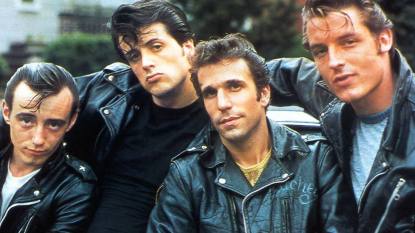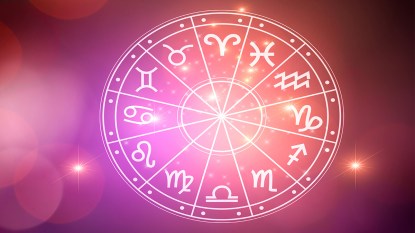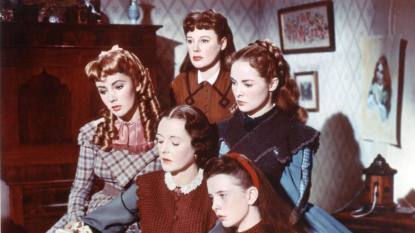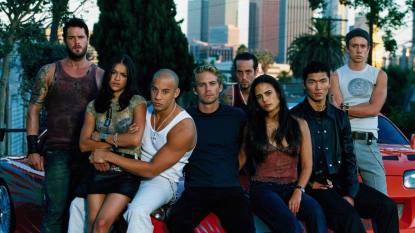First Super Blue Blood Moon in Over a Century Will Light Up the Sky at the End of January
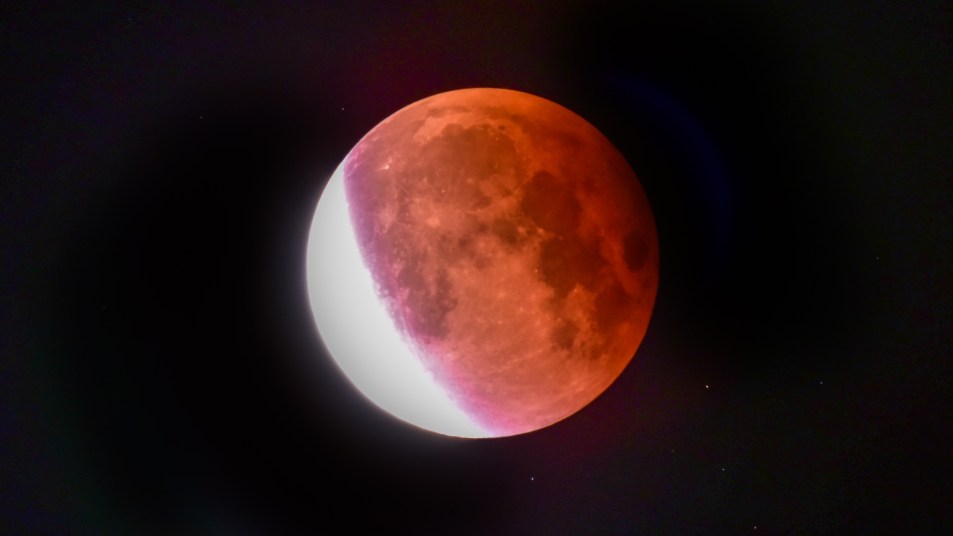
Heads up: This month, we get the rare chance to see a super blue blood moon. (Say that three times fast!) On January 31, an event that hasn’t happened in 150 years will light up the sky. Judging on what we know so far about it, we couldn’t be more thrilled to see it for ourselves.
What is a super blue blood moon?
A super blue blood moon is an exciting combination of three celestial events overlapping at once, according to NASA. The “super” description refers to a full moon that is at or near its closest point in its orbit around Earth. The “blue” label means the second full moon in a month’s time. And the “blood” name calls attention to the total lunar eclipse — an astronomical event during which a full moon lines up perfectly with the Earth and sun so that Earth’s shadow completely blocks the sun’s light, which normally reflects off the moon. So not only will the moon turn a striking copper color, it will also appear approximately 7 percent larger and 14 percent brighter than it usually does. Sounds like something worth waking up early for — which is good, because that’s what many of us will have to do in order to catch it!
How to Watch the Super Blue Blood Moon
The good news is that unlike solar eclipses, which are only visible from certain places on Earth, lunar eclipses can be viewed from anywhere, as long as it’s nighttime. Some not-as-good news? Folks who live in the U.S. will only be able to see this fabulous sight at “moonset” on January 31, meaning they’ll have to get up early on that day.
For folks who live in the Eastern Standard Time, this means 6:48 a.m. — and only getting to see a partial eclipse. For people in the Central Standard Time, it means 5:48 a.m. to see the partial eclipse and 6:51 a.m. to catch the total eclipse. Living in Mountain Standard Time means you can see the partial eclipse at 4:48 a.m. and the total eclipse 5:51 a.m. — and the show doesn’t end until 7:08 a.m. People who live in Pacific Standard Time get to see the partial eclipse at 3:48 a.m. and the total eclipse at 4:51 a.m. For them, the entire event ends at 7:12 a.m. As you can probably guess, people in Alaska, Hawaii, and the western part of North America will have the best view of the rare sight. For more info on timezones, you can check out the detailed timetable at Space.com.
To see as much of the eclipse as possible from wherever you are, it’s best to look near a flat, western horizon. Good luck, all you skywatchers out there!
More from FIRST
How to Winter-Proof Your Outdoor Area
Let It Snow: How to Burn Major Calories Having Winter Fun
21 Best Winter Indoor Plants to Bring a Little Bit of Nature Into Your Home



